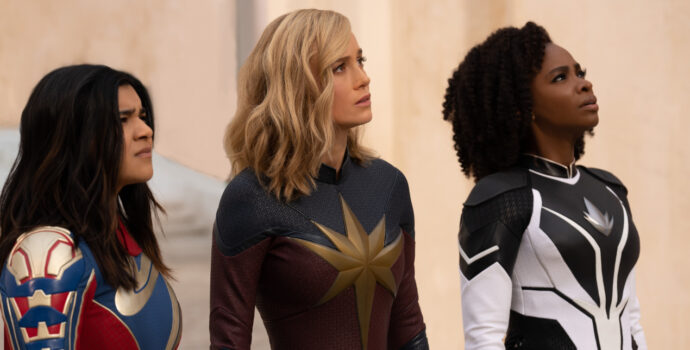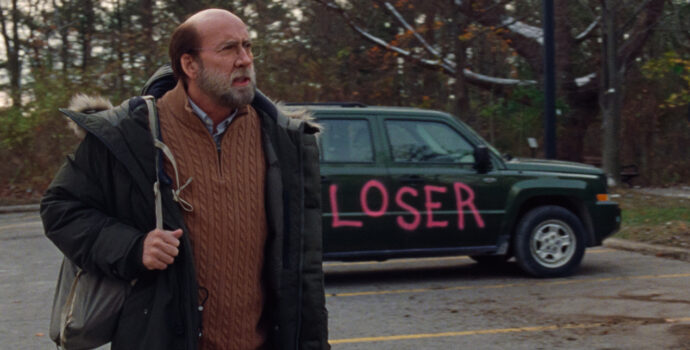Emily Blunt shines in Rob Marshall’s heartfelt musical fantasy film
Some years ago even thinking about a new Mary Poppins was impossible. I mean: could you ever make a sequel to one of the most iconic children’s film in cinema history? Of course you can’t, especially if that film is custom-made for the Oscar-winning goddess Julie Andrews.
It took some bravehearts for such an undertaking and one of them is for sure Rob Marshall: the multiple award-winning director of Chicago accepted the challenge with Emily Blunt in the leading role and here we are: Mary Poppins Returns hits theaters on December 19 (in Italy on December 20).
The “practically perfect” nanny visits again the Banks family 24 years after the original story, during the Great Depression: Michael Banks is now an adult who recently lost his wife, struggling to care for his three children with the help of his sister Jane. Their efforts are not enough and the obstacles they find on their way seem to win their childhood memories, but the Mary Poppins re-enters their lives just when things are getting worse. Mary Poppins will teach the Banks how to face reality without giving up their hopes and dreams supported by some new characters like the lamplighter Jack (former apprentice from Bert of the original film), Mary’s eccentric cousin Topsy and The Ballon Lady.
The biggest risk of the sequel was to make a flavorless copy of the original film or (worse) to come up with a kitsch update to a classic. Fortunately, none of this happened.
Mary Poppins Returns is a colorful and heartfelt musical film, which evokes the original while bringing it some fresh new energy. The film opens gloriously with a song by Jack, played by the musical theatre genius Lin-Manuel Miranda. Blunt is “practically perfect” in the leading role and she matches wonderfully the american-puerto rican actor in the music numbers the pair have together. The two actors are surrounded by an all-star cast which features Ben Whishaw, Emily Mortimer, Colin Firth, Meryl Streep, Dick Van Dyke, Angela Lansbury and Julie Walters.
Marshall (who also produced the film) could benefit from recent technology, but he decided to include sequences which combine live-action and traditional hand-drawn animation, like in the original film: some will think this kind of approach is outdated, others will find it exquisitely old school.

Music is one of the best things of the film: the soundtrack includes new tracks like The Place Where Lost Things Go and Trip a Little Light Fantastic but it also features references from the original songs written by the Sherman Brothers (A Spoonful of Sugar, The Perfect Nanny, Feed The Birds, Let’s Go Fly a Kite). Marc Shaiman composed the music and the score for the film and he wrote the song lyrics with Scott Wittman, while Richard M. Sherman served as a music consultant.
How much you will love Mary Poppins Returns really depends on your nostalgia for the original: does naivety still have a place in this world? Do you need a film that feels like a cozy Christmas sweater, this winter? If the answer is “yes” you won’t mind the characters floating in the air or the parrot-talking umbrella.
We’re living in times of trouble and despair and Mary Poppins says the words we need to hear: «Everything is possible, even the impossible.»













